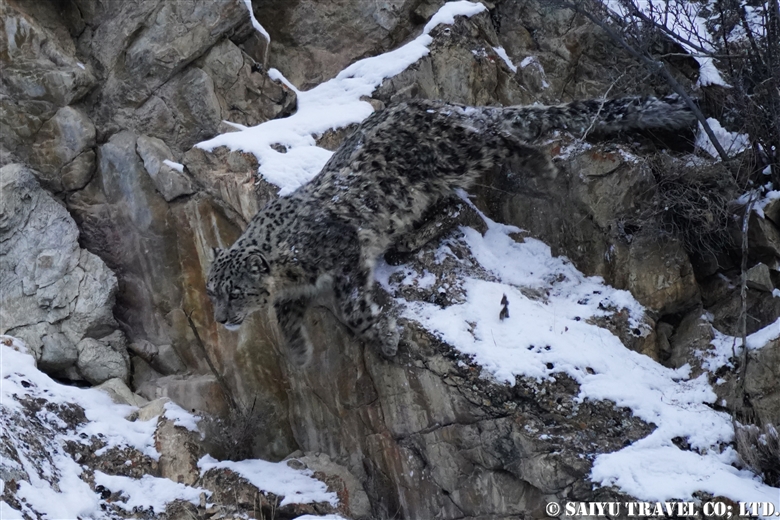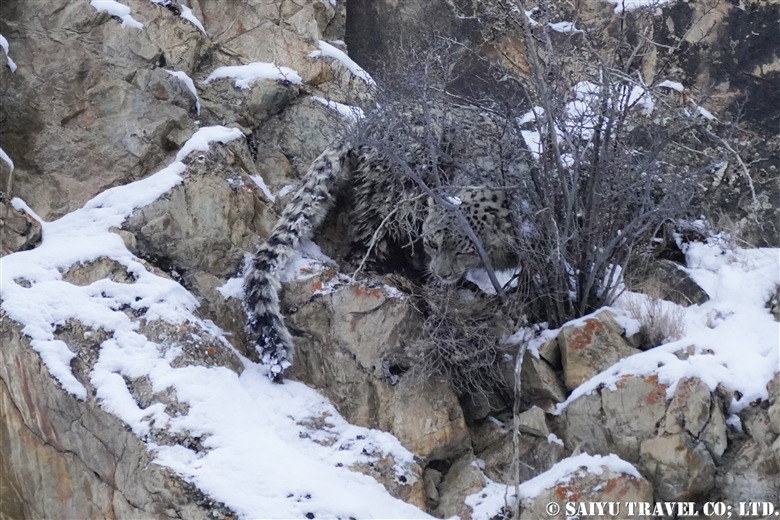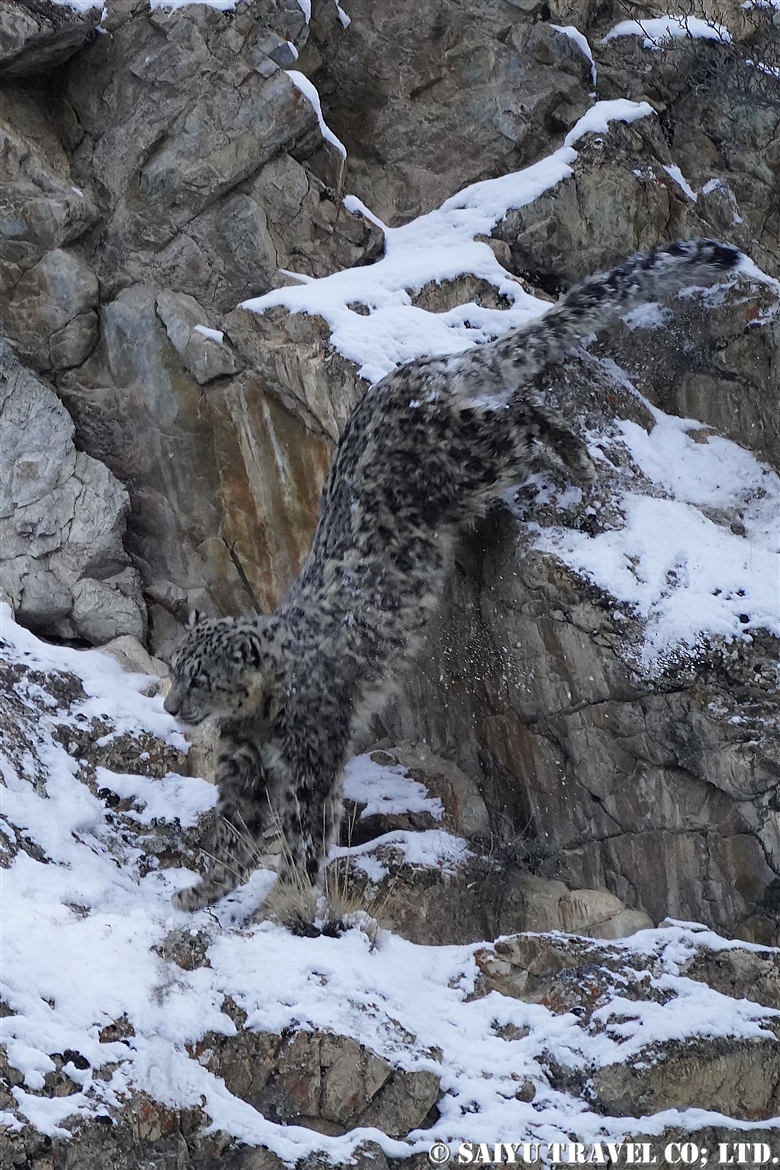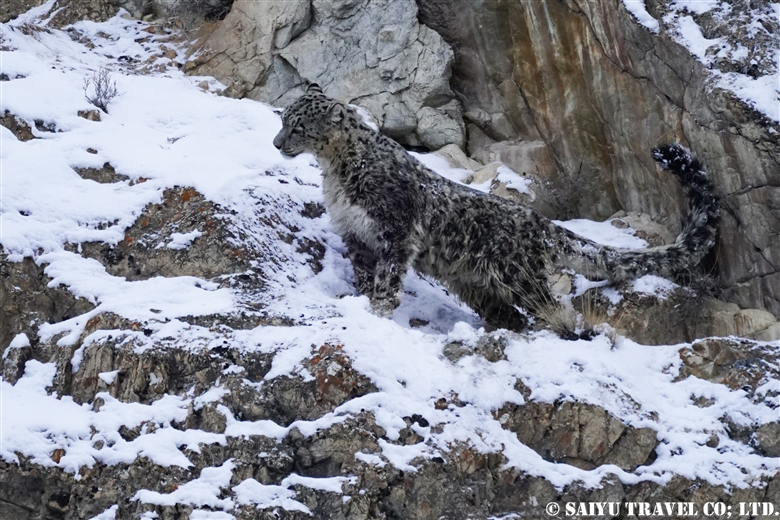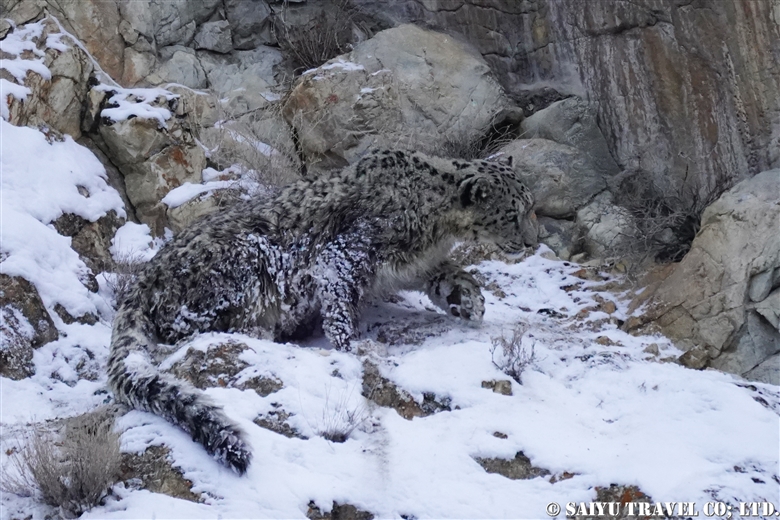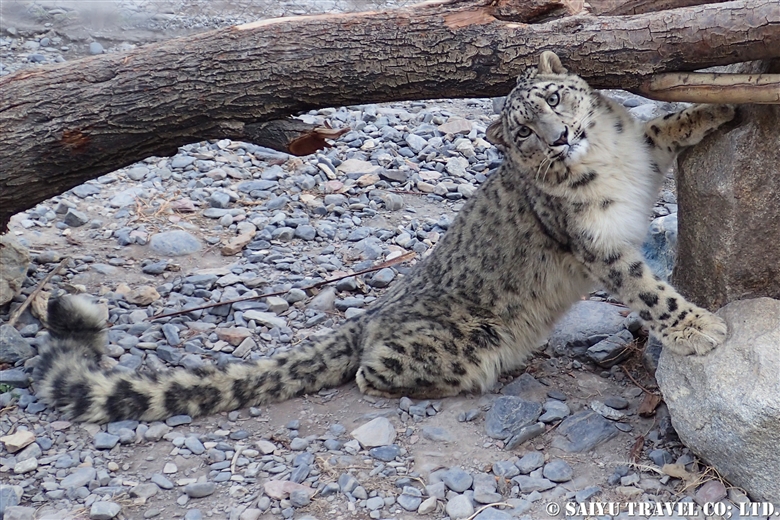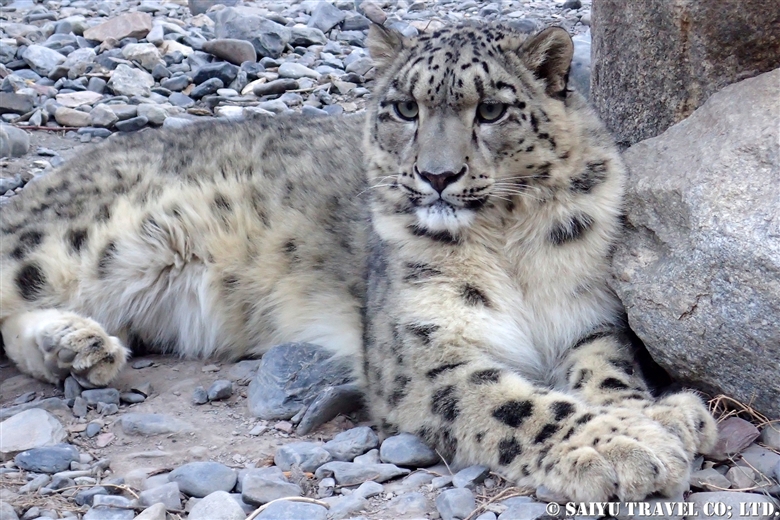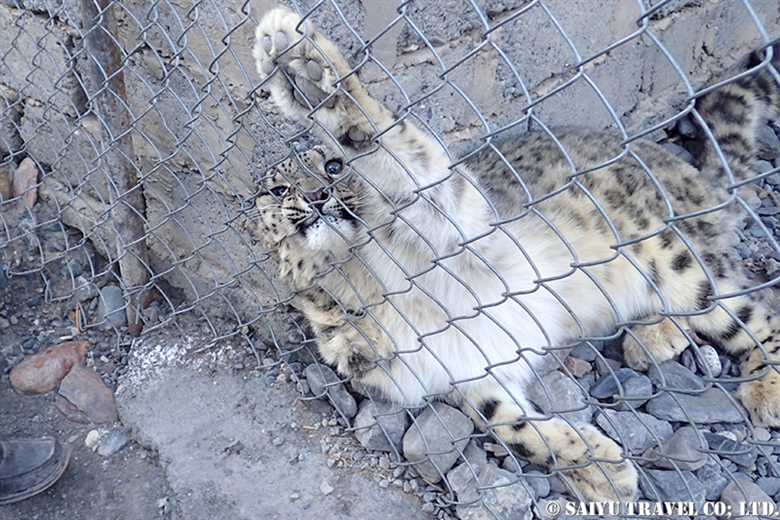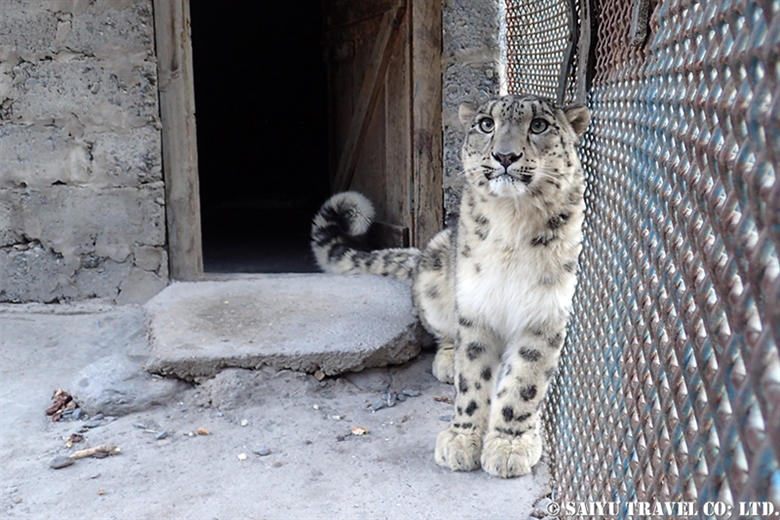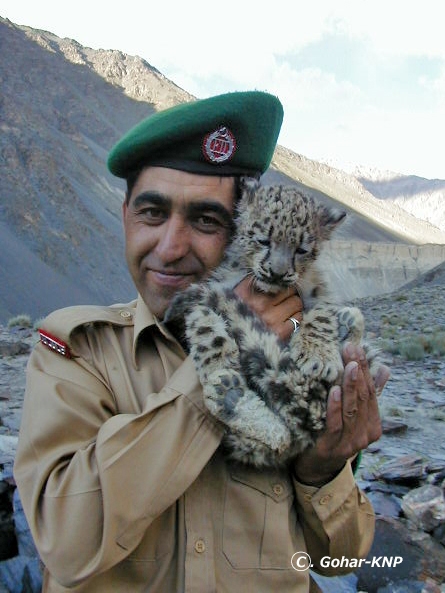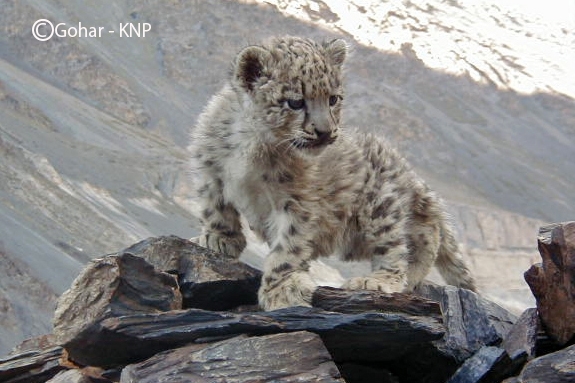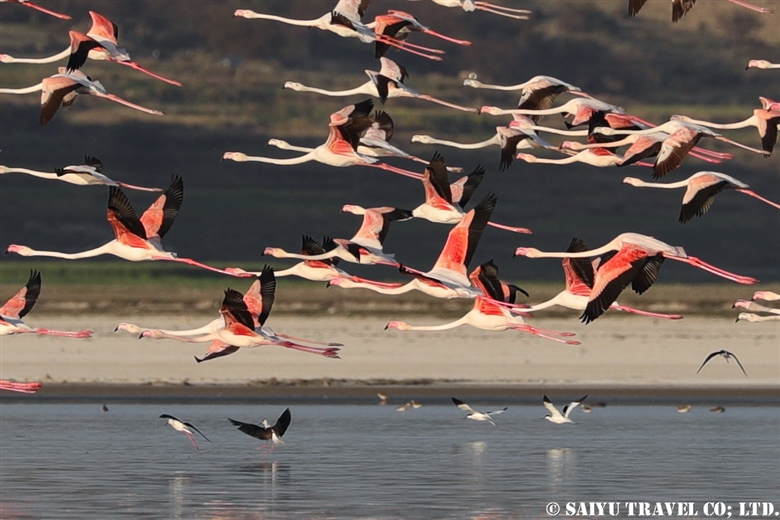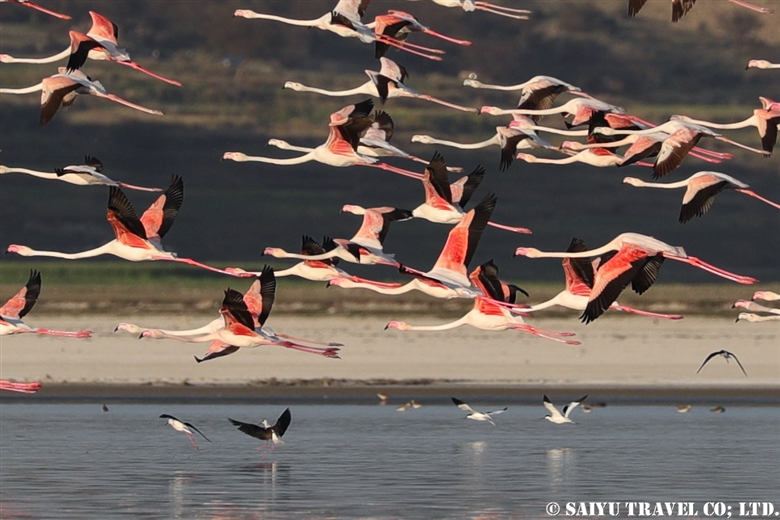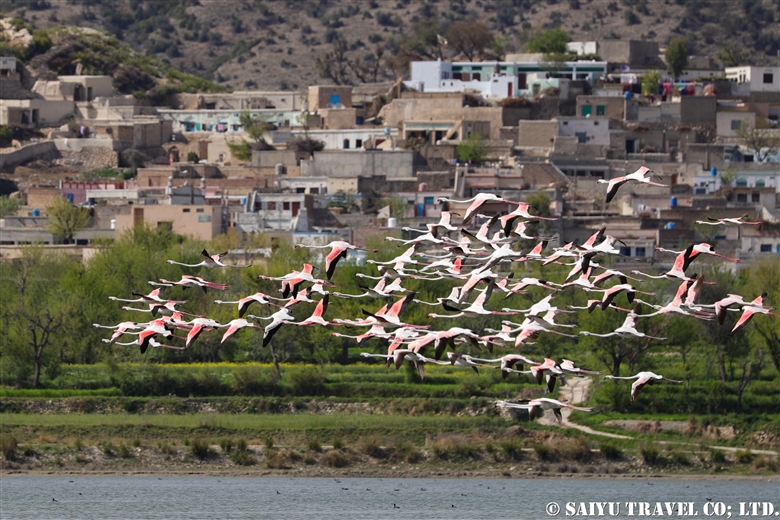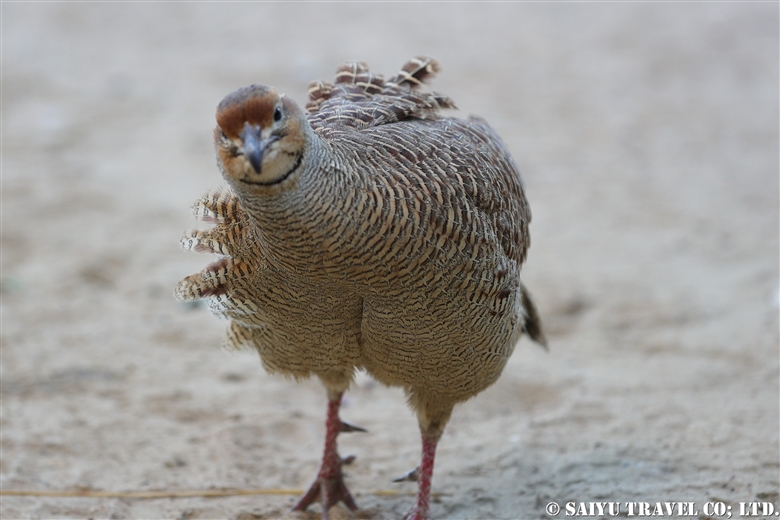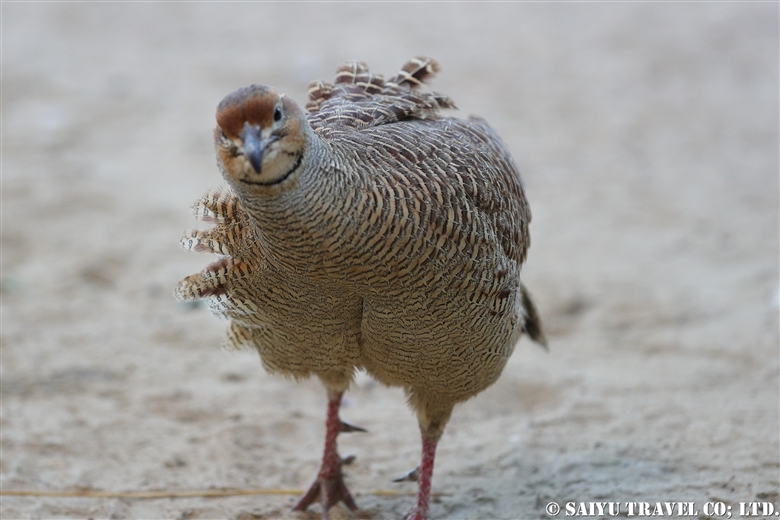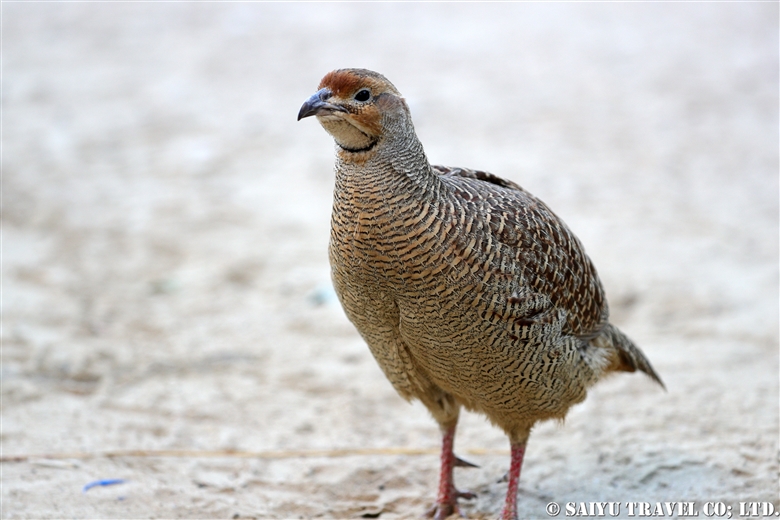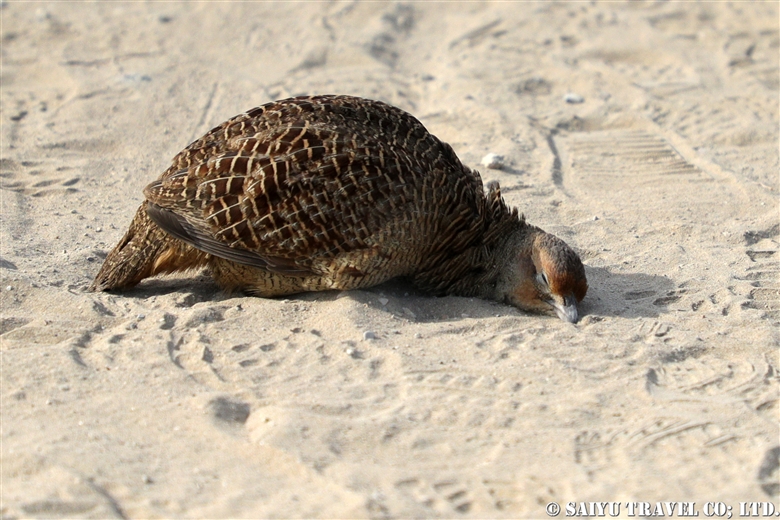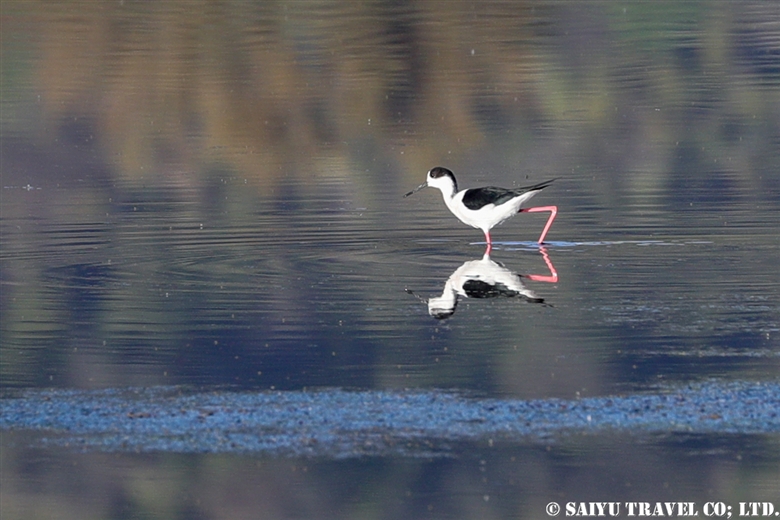
A Black-winged Stilt observed at Uchhali lake in the Soon Valley. It was feeding on the underwater invertebrates in the shallow water.
Black-winged Stilt is a widely spread water bird; mainly found in Europe, Africa, and South Asia, and is characterized by its long red foot.
When it flies, its feet resemble the tail feathers.
In Pakistan, it travels as a summer bird in northern Punjab. Moreover, it is observed all year round in the waters of southern Punjab, Sindh and on the coast of Balochistan.
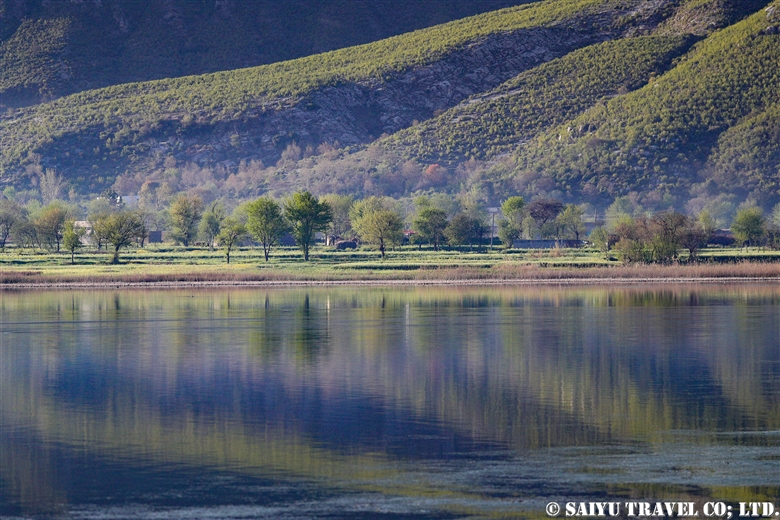
Uchhali Lake with black saltwater reflecting the exquisite scenery around the lake.
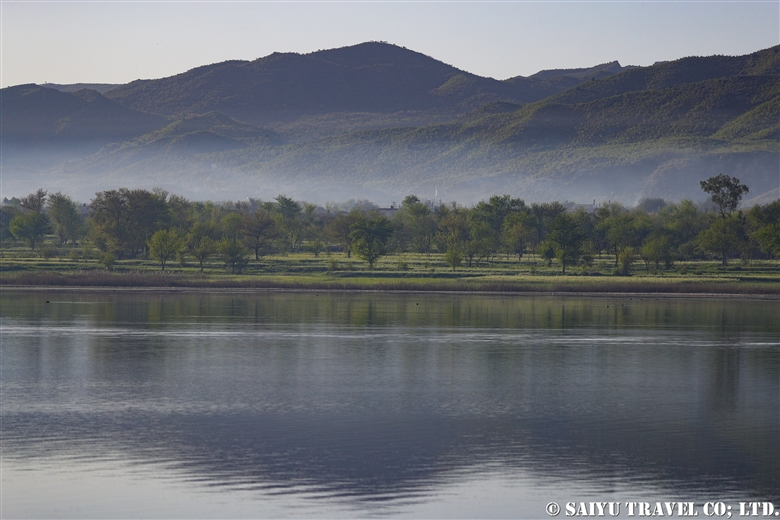
The lake is surrounded by lush green mountains and tranquil villages.
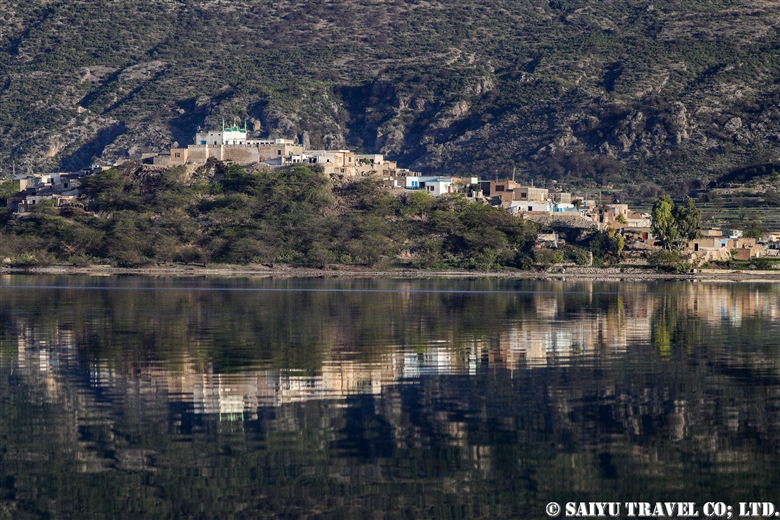
If there is no wind, the lake surface reflects the view as a clear mirror.
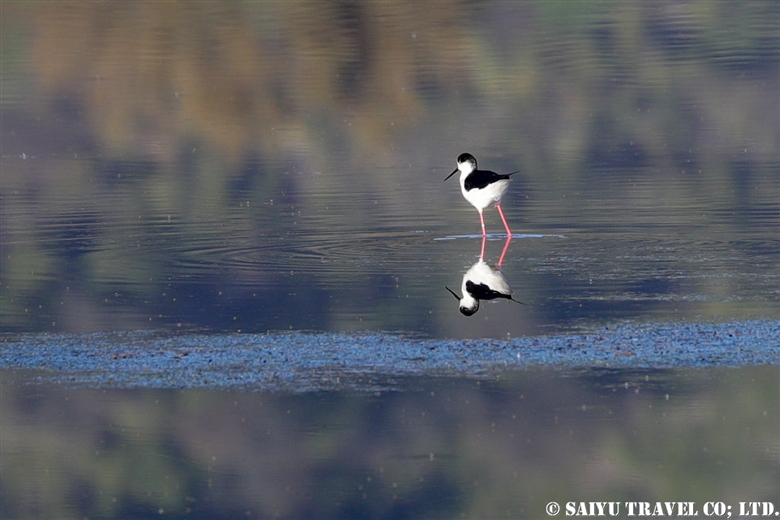
A beautiful and crystal-clear sight of Black-winged Stilt reflected on the surface of the lake, just like a mirror.
Photo & Text : Mariko SAWADA
Observation: end of March 2019, Uchhali Lake, Soon Valley, Punjab
Reference: Birds of Pakistan, Birds of the Indian Subcontinents (Helm Field Guides)
Tag : Indus Caravan , Birds of Pakistan , Saiyu Travel Pakistan , Black-winged Stilt , Pakistan Travel company , Pakistan Blog , Pakistan tour operator , Pakistan Travel Blog , Pakistan Photography Tour , Soon Valley , Uchhali Lake , Wildlife of Pakistan









